On March 26, the automatic Solar Orbiter made its first close flight near the Sun. There are 10 scientific instruments on board, with the help of which he conducts a comprehensive study of the luminary. Among the objects studied by this device, there will be sunspots. So, let’s figure out how this will happen.
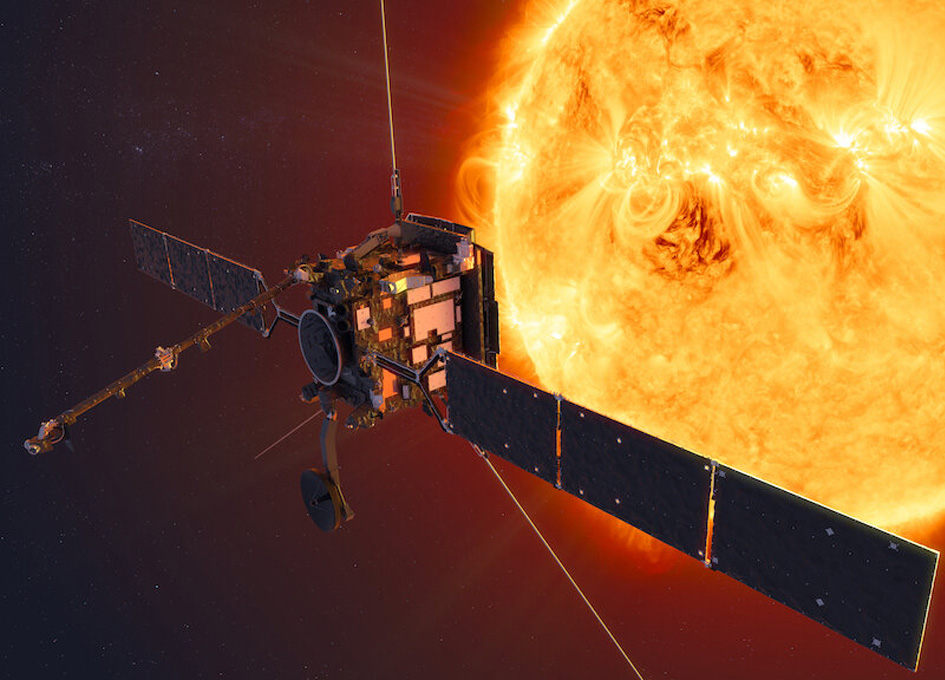
The first close flight of the Solar Orbiter
On March 26, the Solar Orbiter research probe passed perihelion at a distance of 48 million km from the Sun. This is the first really close flight of this device from our luminary. It actually plunged into its inner corona and took the most detailed image of it in the far ultraviolet of all that a person has ever received.
The Solar Orbiter was created by the European Space Agency (ESA) specifically for the comprehensive study of the Sun. So its field of research is not limited to one crown. The probe was launched in 2020 and since then it has made several orbits around our star, gradually approaching it. All 10 main instruments placed on board are working properly, and have already begun to supply scientists with scientific data.
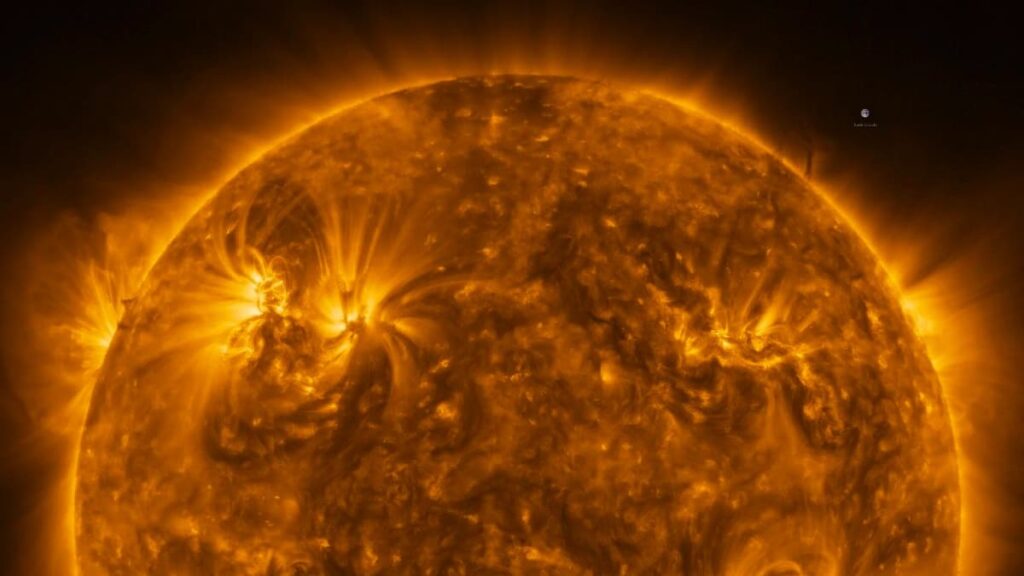
Instruments on board Solar Orbiter
The probe carries a whole arsenal of scientific equipment on board. It contains the Energetic Particle Detector (EPD). It is this device that allows us to see all the components of the solar wind. With its help, you can track and study the outbursts in our luminaire. Its work is complemented by Solar Wind Plasma Analyser (SWA).
Magnetometer MAG, as you might guess, is designed to measure the magnetic field of the Sun. It has a very powerful one. But so far, no spacecraft has flown close enough to the luminary to track it, much less map it.
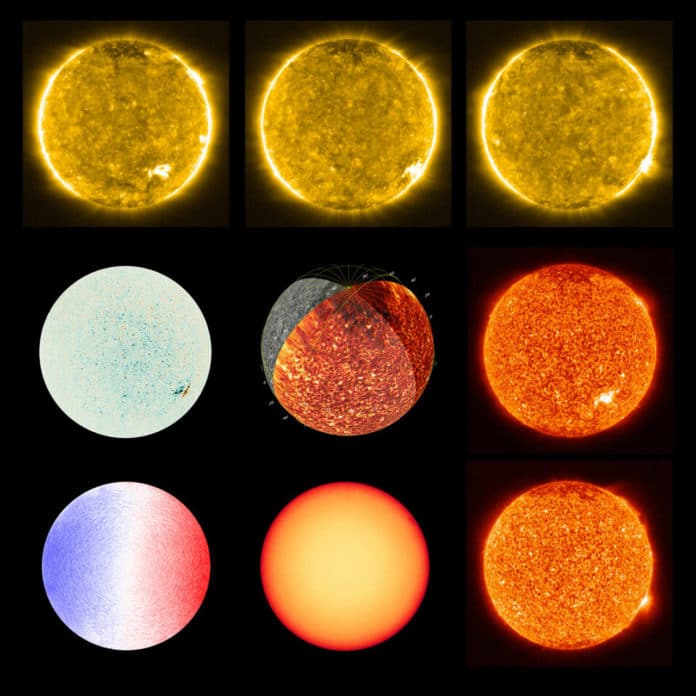
Approximately the same work is performed by the RPW plasma and radio wave analyzer. But this device is more sensitive. In addition, it is able to track the change of electromagnetic fields in dynamics. Together, these instruments are designed to study the heliosphere — the outer layer of the Sun.
Extreme Ultraviolet Imager (EUI) is a powerful ultraviolet camera. The image of our star on March 26 was taken with its help. The Metis coronagraph allows to “obscure” the disk of the Sun and thus obtain the parameters of its crown, that is, the outer parts of the atmosphere extending millions of kilometers into space.
Polarimetric and Helioseismic Imager (PHI) is a device for the study of polarized electromagnetic radiation. It allows simultaneous study of both the visible spectrum of the Sun and its magnetic field. The dynamics of the last allows us to understand how the masses of matter move on the surface of the luminary.
The Spectral Imaging of the Coronal Environment (SPICE) is, in fact, a very advanced spectroscope. It works in the far ultraviolet spectrum. This allows it to identify the presence and content of various chemical elements in the atmosphere of the Sun. Its work is complemented by SoloHI, a device for tracking coronal mass emissions.
Finally, there is the STIX X-ray telescope on board the Solar Orbiter. It will complement the research conducted in other parts of the electromagnetic spectrum with its data. This instrument will work with particles with energies from 4 to 150 Kev.
What will Solar Orbiter explore
Solar Orbiter approaches the Sun every 6 months. During such approaches, all instruments on board collect information. Thanks to their well-coordinated work, scientists want to know the answers to a number of questions. The first one concerns the solar wind plasma and related magnetic phenomena. They arise somewhere in the corona, but where exactly is still unknown. The second is the influence of what is happening on the Sun on the processes in its corona. The situation here is the same as with the solar wind. We know that one affects the other, but we can’t say anything more. The third question concerns the work of the “solar dynamo”. The Solar Orbiter should figure out how the global magnetic field of our luminary arises and how it affects its corona.
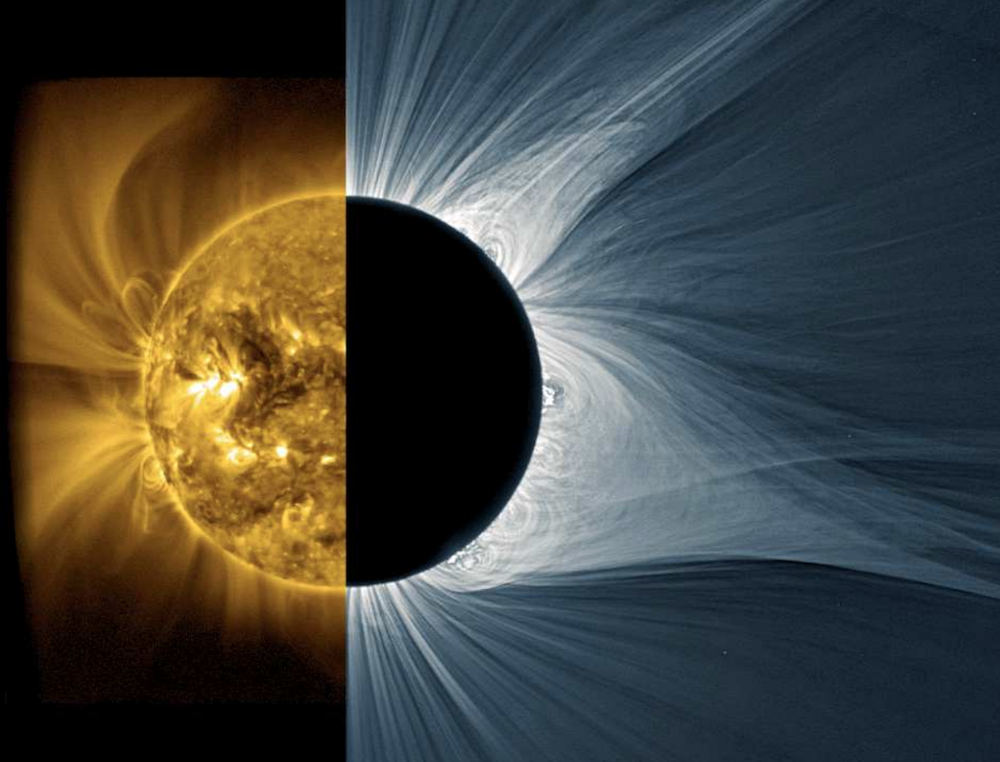
Finally, the most interesting question concerns solar explosions and how they are related to sunspots. To solve it, the device uses almost all on-board equipment.
How are sunspots related to magnetic storms
A sunspot is a dark area on the surface of the Sun. It radiates less energy due to the fact that its temperature is 1500 K lower than the average temperature around. But this does not mean that the spot is a piece of cold metal or stone. Its temperature is still higher than that at which any metal boils.
Spots appear as a result of perturbation of the Sun’s magnetic field. Its lines of force extend beyond the surface. A large amount of energy is released into space, as a result of which the site is cooled. At the same time, the spot does not completely stop emitting light, it just becomes much smaller.

The main feature of the spots is that near them the magnetic lines remain twisted. As a result of the movement of plasma masses, they can break and overlap on the line from other spots. If the polarity turns out to be the opposite, an explosion occurs, which throws a large amount of charged plasma into space.
These particles and radiation fly away from the Sun. And when the heaviest and most high-energy of them meet the Earth’s magnetic field, a phenomenon known as a magnetic storm occurs. Problems with communication, electrical appliances and health begin in sensitive people. That’s why scientists are looking so carefully at large groups of spots.
Solar Orbiter Research
The main tool in the study of spots will be the EUI camera. It will constantly observe the disk of the Sun and notice the smallest groups of spots on its surface. This will allow us to assess the dynamics of processes on the surface of our star.
After EUI determines the position of individual spots, other tools will start working with them. PHI will start shooting a surface area in polarized light, EPD and SWA will monitor plasma emissions from the surface. If necessary, other devices will be connected. Scientists are trying to understand how the dynamic processes of moving matter on the solar surface lead to the outbreak.
On Earth, meteorologists have already understood how areas of high and low pressure over the sea and land, form clouds, which will then rain or cause a thunderstorm. On the Sun, we can only state the fact of the birth of outbursts near groups of spots.
If observations in polarized light and analysis of the solar wind allow us to build a physical model of the occurrence of conditions for outbursts, we will learn how to prepare for them in advance.
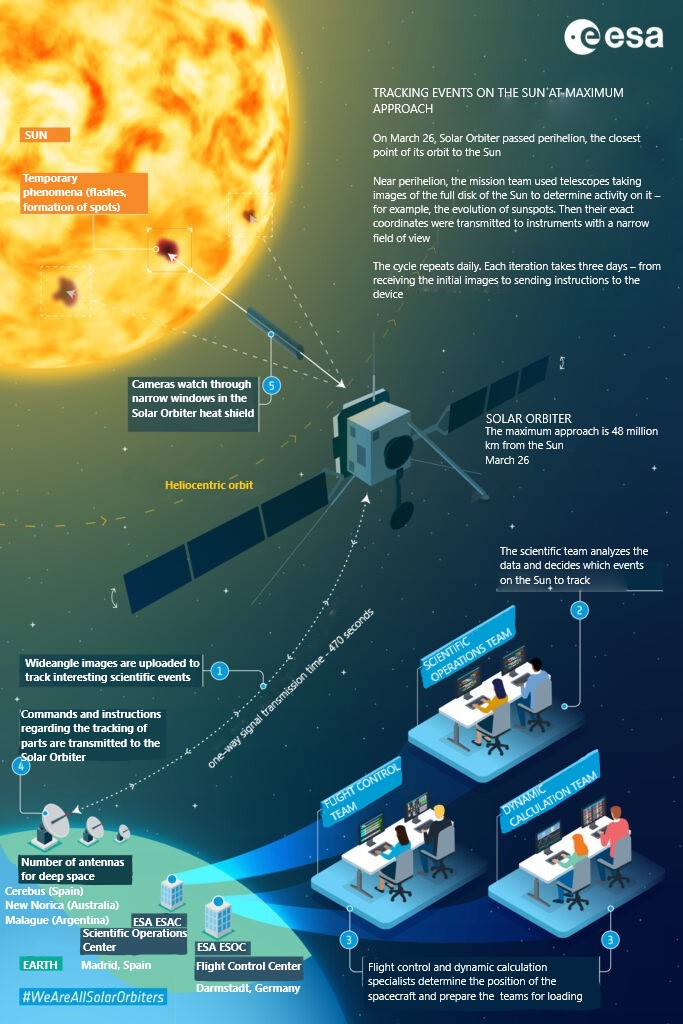
Terrestrial infrastructure of the project
At the same time, it is important to understand that the numerous instruments on board the Solar Orbiter are not all that is necessary for research. They only produce a huge amount of data, which is processed by an entire scientific center on Earth. Rather, there are two such groups. One ensures the flight of the device and the operation of the mission, the other monitors the information received. And successful research requires the joint work of both groups.
In addition, there are numerous groups of affiliated scientists. They are already working on data processing, testing theories and publishing articles. There is also the work of terrestrial means of observing the Sun. Their data are checked with the Solar Orbiter reports and its operation is corrected.
Solar Orbiter is more than just an automatic scout that receives data on the parameters of the Sun’s atmosphere. There is a lot of this data, and for the first time people can analyze it comprehensively. Thanks to this, we will be able to understand how such a complex and capricious machine as our luminary works.
